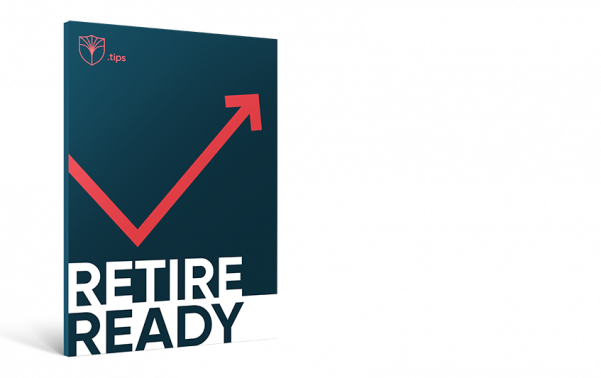After months of volatility, the S&P 500 Index finally dipped into bear-market territory on June 13.
For most people, retirement is a happy time. But it can be very scary for those who are unlucky enough to be very close to retiring (or who have recently retired) during a bear market—which is a decline of 20% or more from the most recent market high.
As the saying goes, this too shall pass. But in the meantime, here are three tips to help you cope with the stress of retiring as the bear rears its head.
Consider using a portion of your retirement savings that cover non-negotiable expenses (such as the roof over your head, medical costs, and other daily necessities) to buy investment products that offer guaranteed income (such as an annuity).
Anything you have left over can be used to pay for non-essential things, like vacations, home decorating, or expensive hobbies, and would remain in riskier investments with historically higher return potentials (namely, stocks).
The downside to this approach is that it can throw a major wrench into what you had envisioned your retirement lifestyle to be.
Visualize your total retirement savings as three different pots: near-term, medium-term, and long-term.
Your near-term pot is intended for expenses for the immediate (3-5 year) future and would be invested very conservatively—such as a bank money-market account.
Your medium-term pot contains money you’ll need in five to ten years, which means you can likely afford to take a bit more risk in exchange for potentially higher returns on it.
And your long-term pot is your remaining retirement savings, representing money you don’t anticipate needing for at least a decade.
There are a few challenges in taking this approach. First, it can be psychologically tough to watch the value of your hard-earned savings drop down, down, and down some more. And no matter how many times you tell yourself that the average bear market lasts only about ten months, you may find yourself tempted to start selling out of your losing investments—which is almost never a winning approach.
Second, you’ll need to know how to align your time horizons with the appropriate type of account and investment to maximize this approach. A Roth IRA may be a good choice for your long-term pot, since this type of account offers tax-free growth. But for your medium-term pot, which may consist of municipal bonds that pay tax-free interest, a taxable investment account is probably a better choice.
Trying to figure out whether to withdraw from your 401(k) or from Social Security during a bear market?
One option is a Social Security bridge. Using this approach, you would withdraw from your retirement plan an amount equal to what you’d receive in Social Security benefits. This strategy allows you to postpone taking Social Security, which will increase your eventual monthly benefit amount when you DO start taking it.
One of the best ways to manage bear-market-related stress as you retire is to talk to an advisor. Click here to set up a free, no-obligation meeting with one of our experts, and let them help put your mind at ease.

